Collector’s Guide: A Look at Whaling History on Paper
The adventure and horror of the whaling industry have never ceased drawing the attention of collectors. Here, Rick Stattler, director of books and manuscripts, shares a selection of lots that have sold at Swann with a connection to the industry.
Swann has offered numerous whaling highlights and collections over the years, most notably the majestic collection of Barbara Johnson in two sales spread over 1996 and 1997. In her catalogue introduction, she captured the appeal of old whaling logs and letters:
“I am fascinated that the paper has actually been where it says it has been, at that latitude and longitude. A whaleman bent over it, perhaps chewing tobacco, or with whiskey on his breath—the light is dim, he wonders how to spell ‘voyage,’ decides on ‘voige,’ and ‘voige’ it still is under my bright light and ‘voige’ it will be as long as the paper lasts. This sailor is not unremembered. He may lie at the ocean’s bottom or in an unmarked island grave, but I know all about his ‘voiges’ and achievements, and that he built our history just as surely as the renowned military hero or politician.”
The best of the whaling lots at Swann have reached $30,000, including a collection of papers of Long Island whaler Luther Cook in September 2019; and an archive of letters by Jane Russell, a whaling captain’s wife in the South Pacific in Swann’s inaugural Focus on Women sale in July 2021. Of course, we should include 1851 first editions of Melville’s Moby Dick from the 2014 auction of 19th & 20th Century Literature, and also original illustrations for later editions of Moby Dick such as a 1922 dust jacket illustration by Mead Schaeffer from the June 2019 Illustration Art auction.
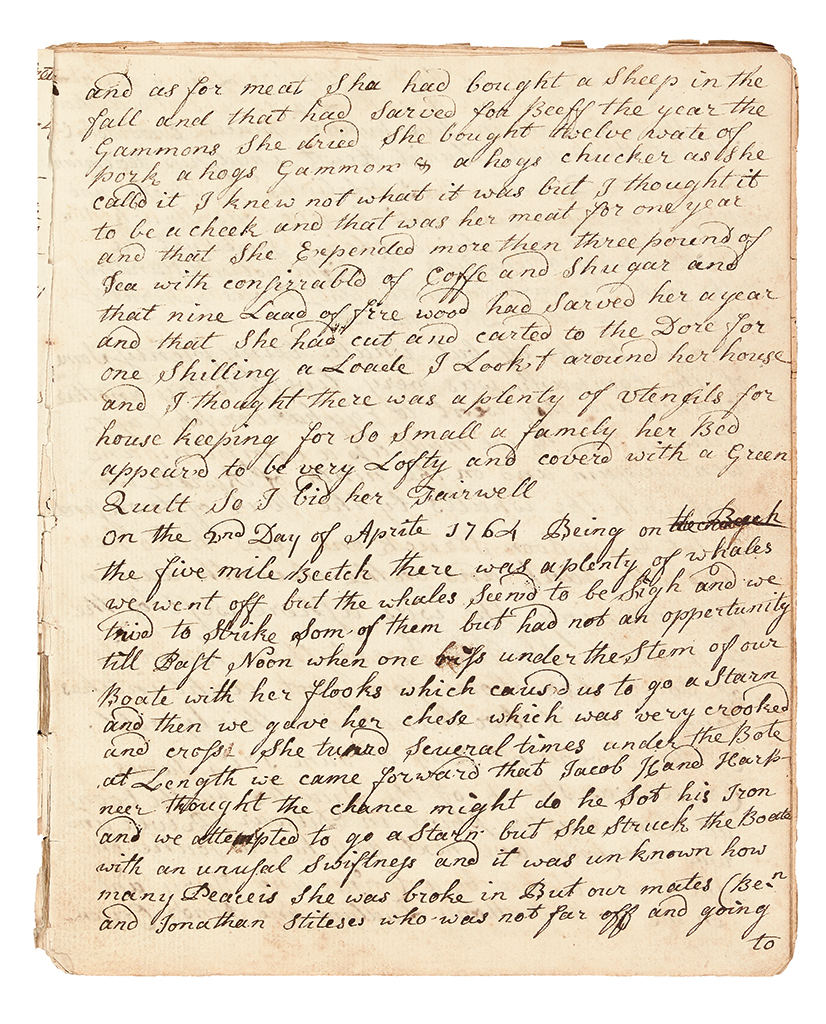
Left: Manuscript journal of an early Cape May whaler, 1752-66. Sold February 2016 for $13,750.
The early nineteenth century was the whaling industry’s heyday, but whale hunts began centuries before that point (and continue to be a problem today). In the February 2016 Americana sale, Swann handled the crude diary of a whaler from Cape May, NJ which extended from 1752 to 1766, and a circa 1750 German illustrated broadside on whaling graced one of our natural history sales in July 2020.
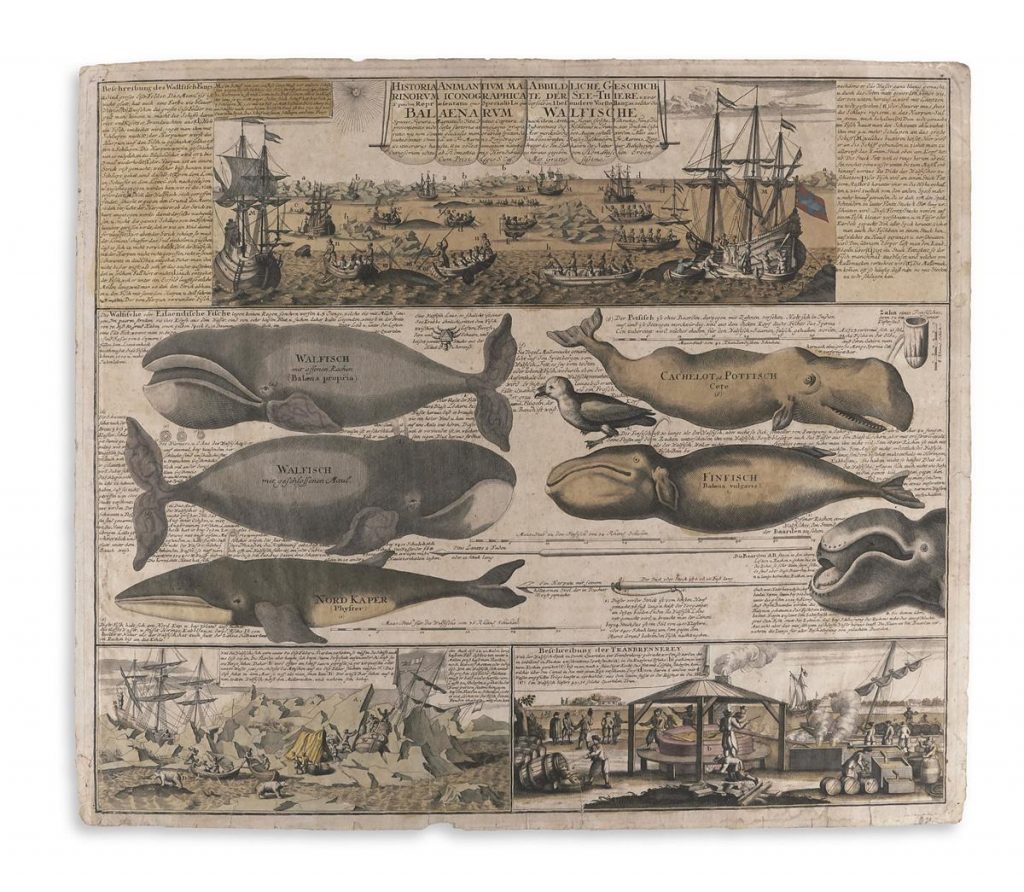
Related Reading:
While Swann does not handle whaling artifacts like harpoons and scrimshaw, some of the manuscripts do have uncommon visual appeal. Many whalers decorated their logs with inked stamps to designate whales and ships they encountered on their journeys.
A log offered in Swann’s April 13, 2023, Printed & Manuscript Americana auction includes hundreds of stamps. Written by mate Francis Harrisson on a four-year journey in the South Pacific, overlapping with the period when Melville sailed the same seas, it contains plenty of narrative drama to match the visuals. He describes several chases gone wrong, ending with “stoven boats,” or a lance through one bowman’s hand. One crewman was lowered overboard to help bring a whale carcass aboard, and “got bit by a shark pretty bad.” Harrisson also had to contend with a sadistic captain: floggings, beatings, and other more creative tortures were commonplace. On the other hand, Harrisson could enjoy occasional visits to Tahiti, the coast of Peru, and other mariner hotspots. In the same auction, we offer a captivating photo album by Suzanne Rognon Bernardi, a missionary and teacher on the northern Alaska coast circa 1906. She documents a traditional Iñupiaq whale hunt with 28 photographs and long lyrical captions.
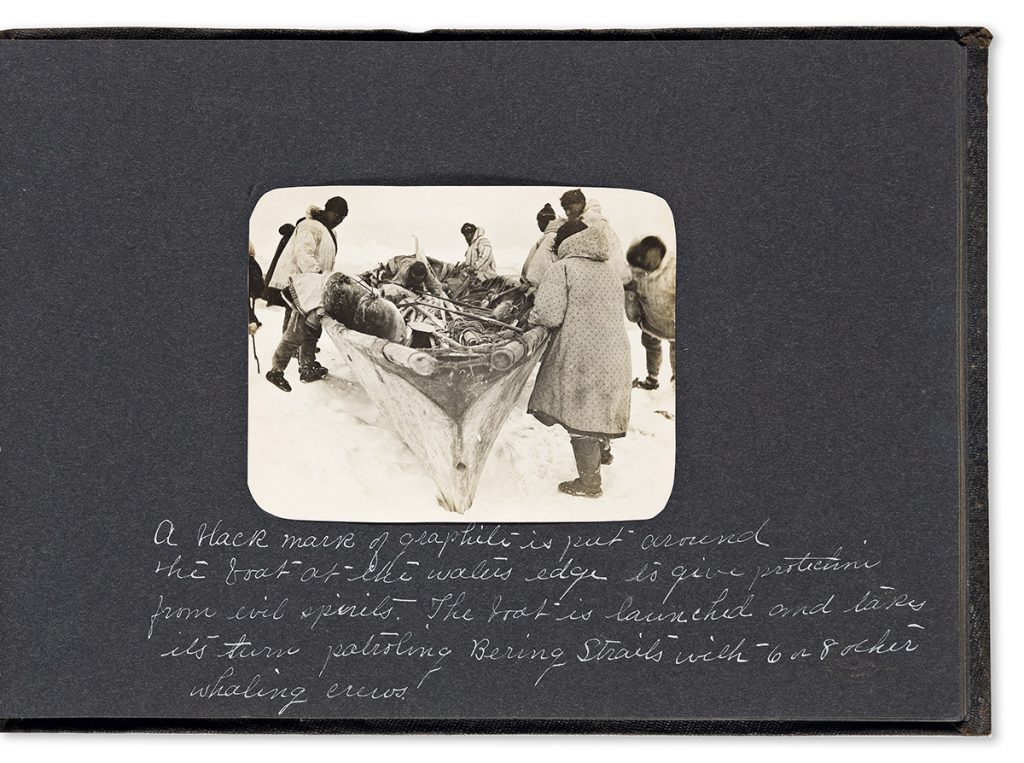
The whaling industry declined in importance by the turn of the twentieth century as many whale species were hunted nearly to extinction and substitutes for whalebone and whale oil came into vogue, but the whale hunt controversially continues in some countries. See this link for more information: https://us.whales.org/our-4-goals/stop-whaling/. For more information on the history of whaling, see one of the several whaling museums in the northeast such as the Cold Spring Harbor Whaling Museum, Sag Harbor Whaling & Historical Museum, or New Bedford Whaling Museum.
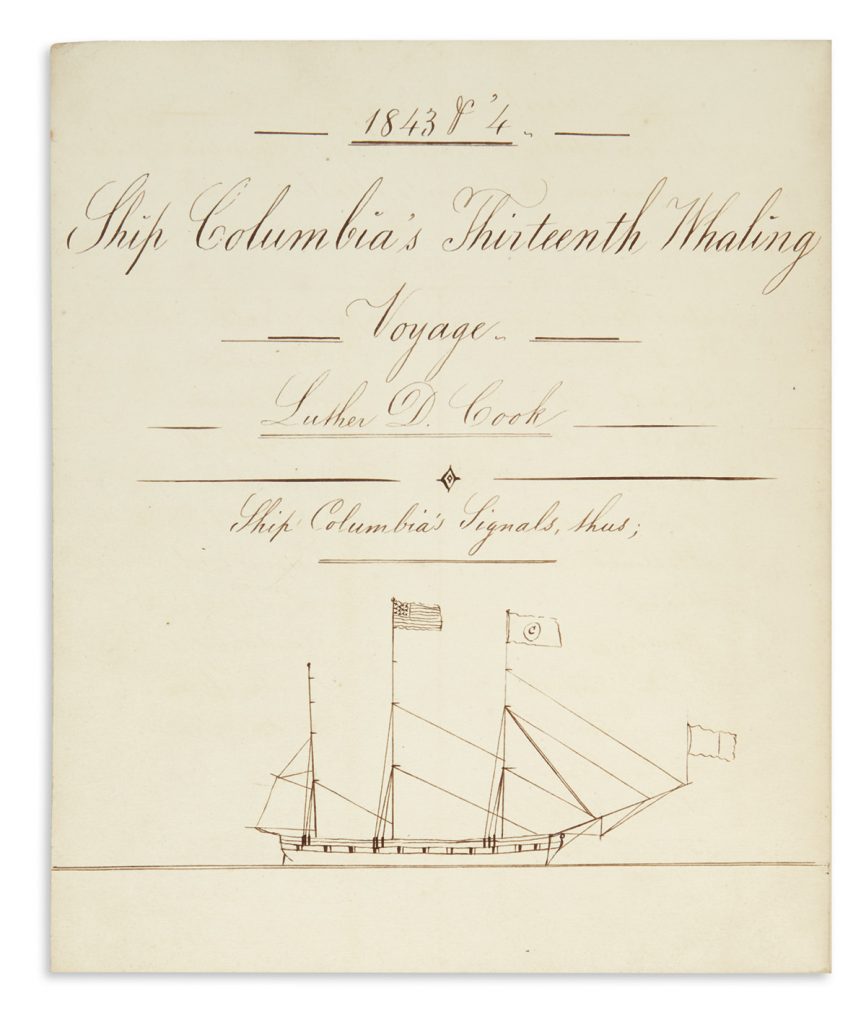
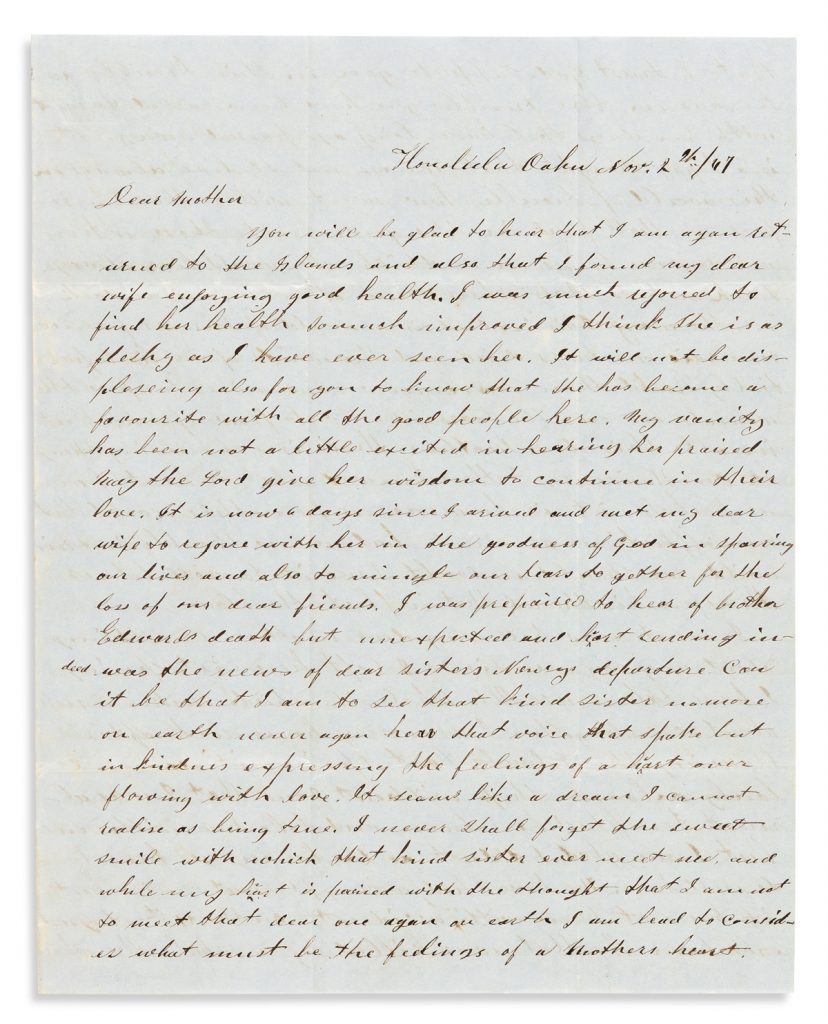
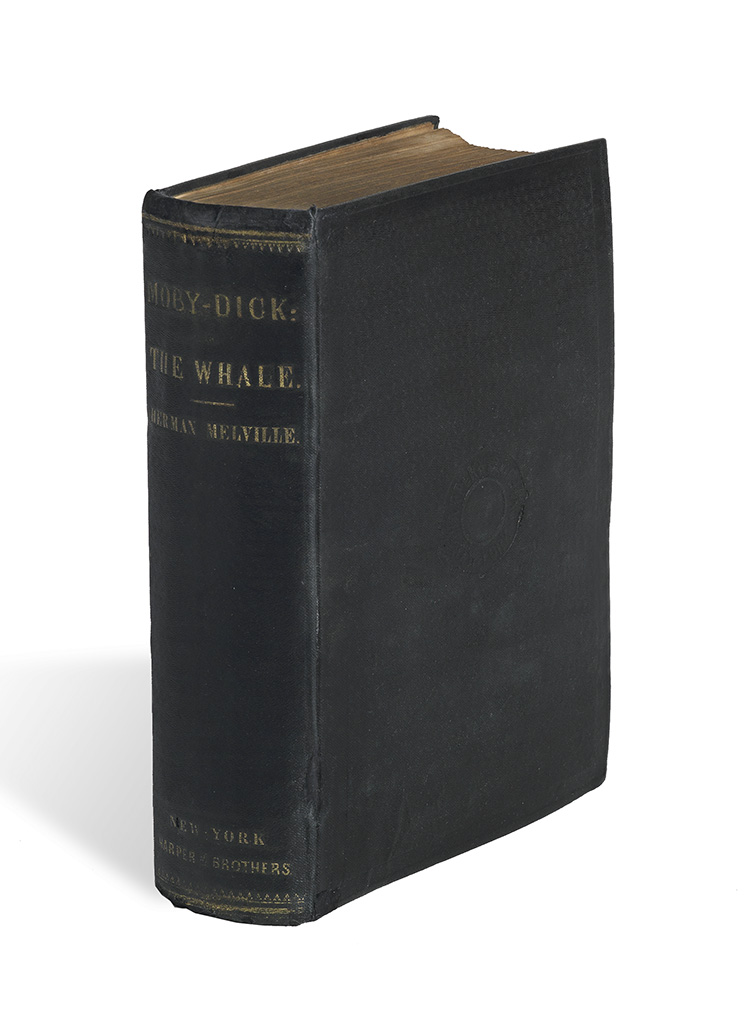
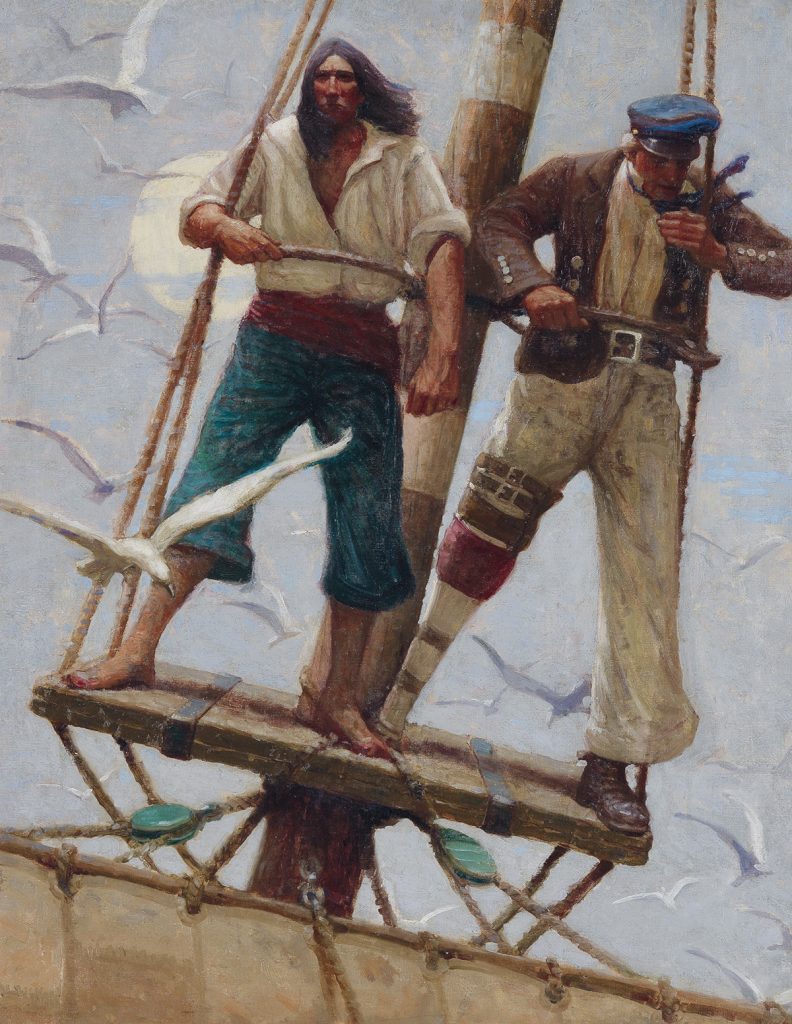
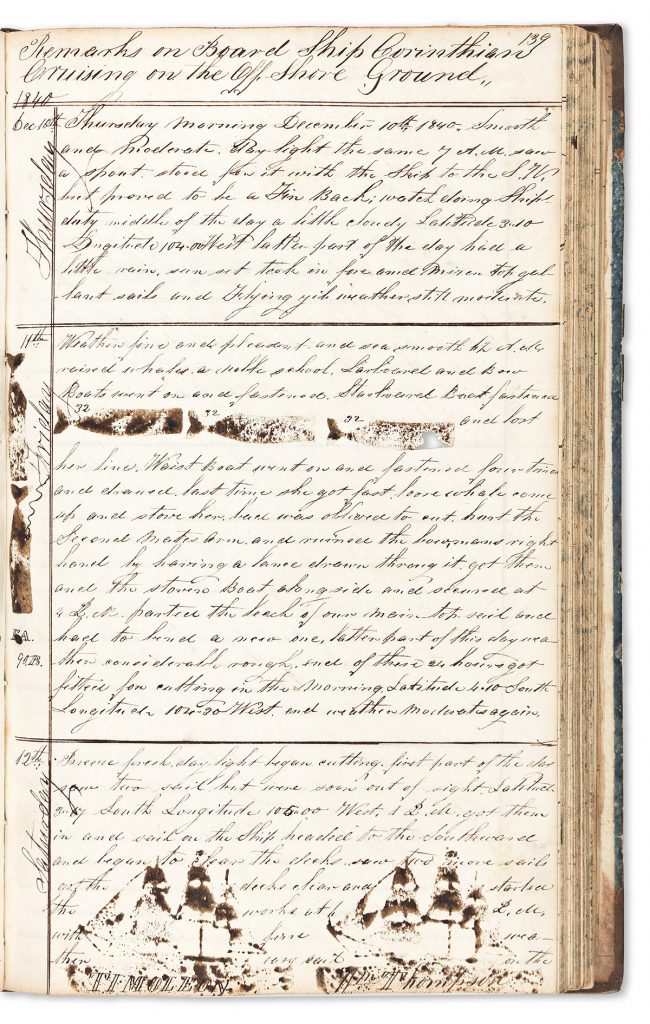
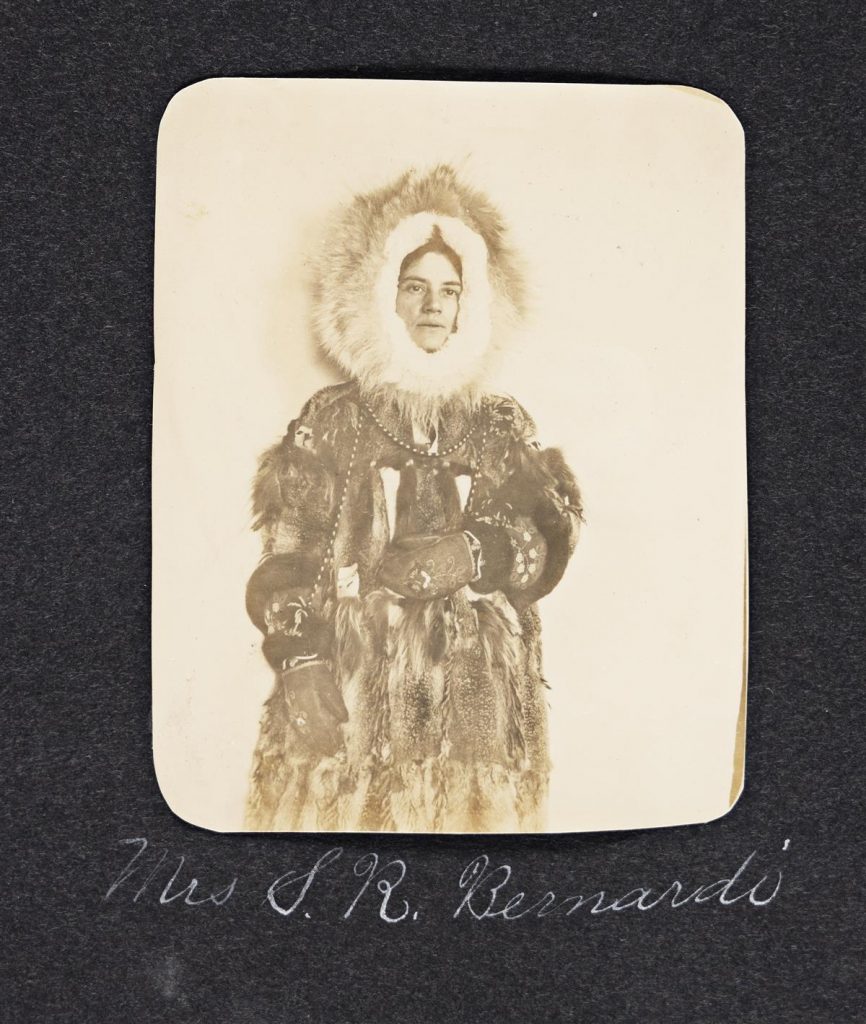
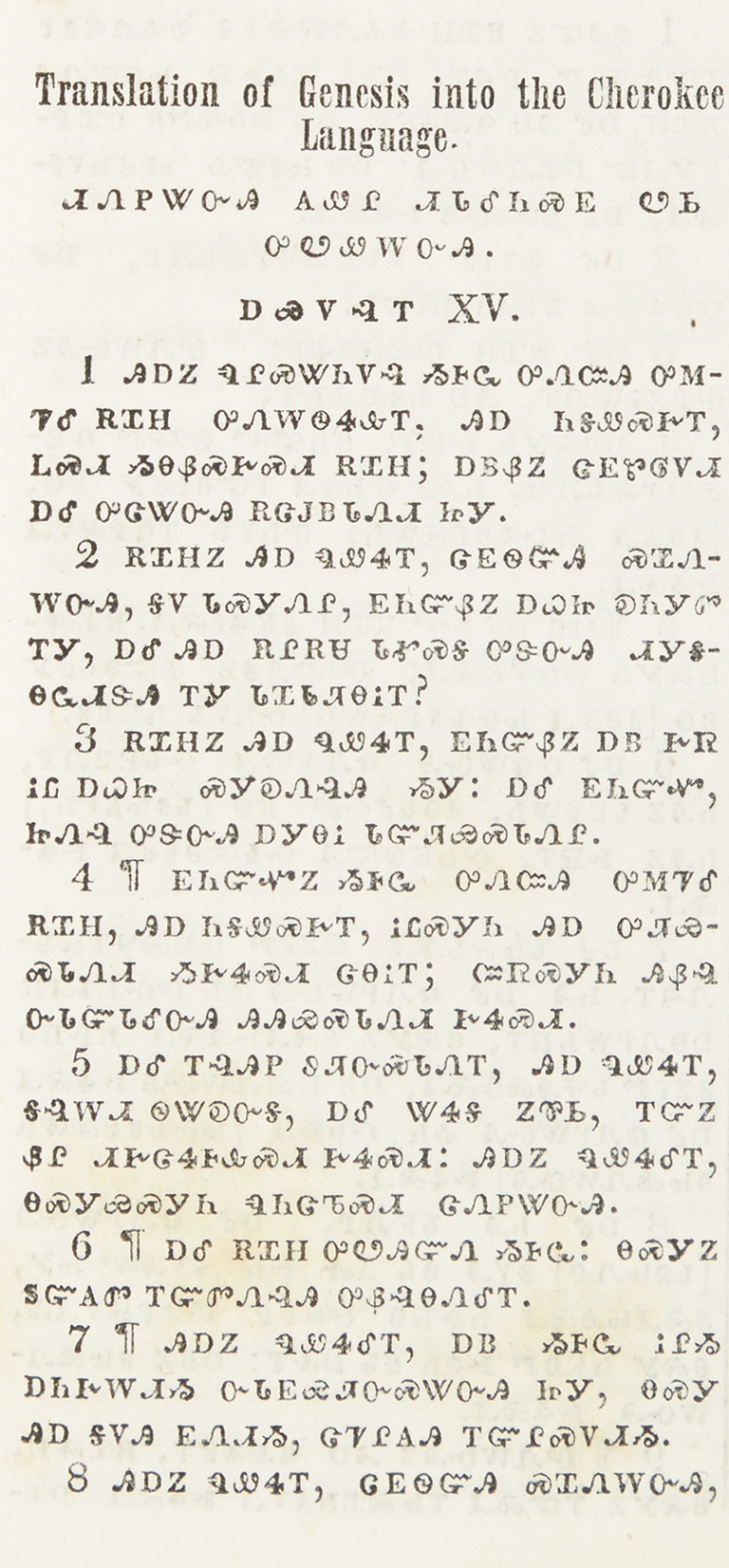
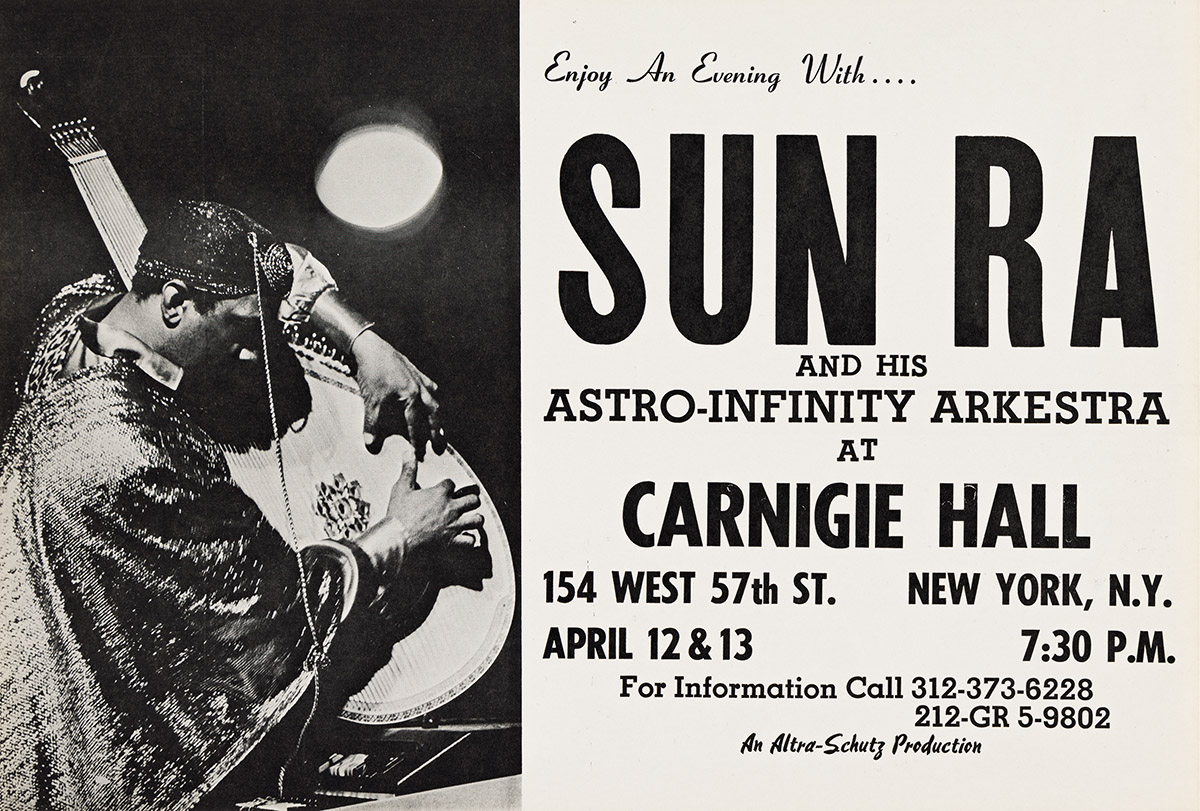
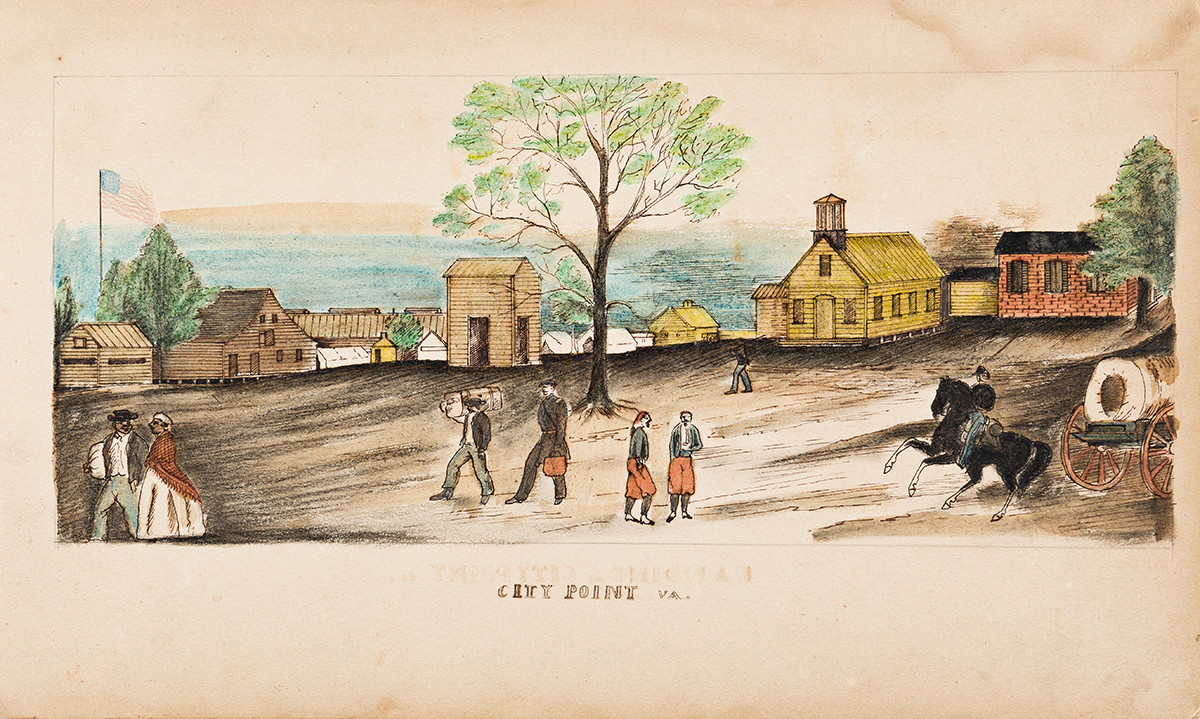










![Grace Meschery-McCormack shares about two copies of Fernando de Rojas’s ‘La Célestine,’ including a limited edition copy illustrated by Pablo Picasso.
At auction April 22. Learn more about the works at the link in our bio.
#Rarebooks #rarebookdealer #antiquarianbooks #auctions
_______________________________________
Music Credit:
Schubert - Piano Quintet in A major ‘The Trout’, D. 667 - IV. Andantino – Allegretto
Music provided by Classical Music Copyright Free on Youtube [https://tinyurl.com/visit-cmcf]
Watch: • Schubert - Piano Quintet in A major ‘...]](https://scontent-iad3-1.cdninstagram.com/v/t51.75761-15/491443494_18499096345036585_5935932878956098058_n.jpg?stp=dst-jpg_e35_tt6&_nc_cat=107&ccb=7-5&_nc_sid=18de74&_nc_ohc=OlBShB8qEWAQ7kNvwHbrXqd&_nc_oc=Adn09Fh3YL-11OkpQcrYGgFN9beLpm0IfGUn2bwN7iJs6d4v8qMeP8kSYmCw82y2ewU&_nc_zt=23&_nc_ht=scontent-iad3-1.cdninstagram.com&edm=AM6HXa8EAAAA&_nc_gid=I48jsxJwo9ZoAWYn9au3wg&oh=00_AfHBUMgxSwlbGJ-J9grZV8YWn6QTPcWAhOxtdTR-YDtzCA&oe=68199551)




